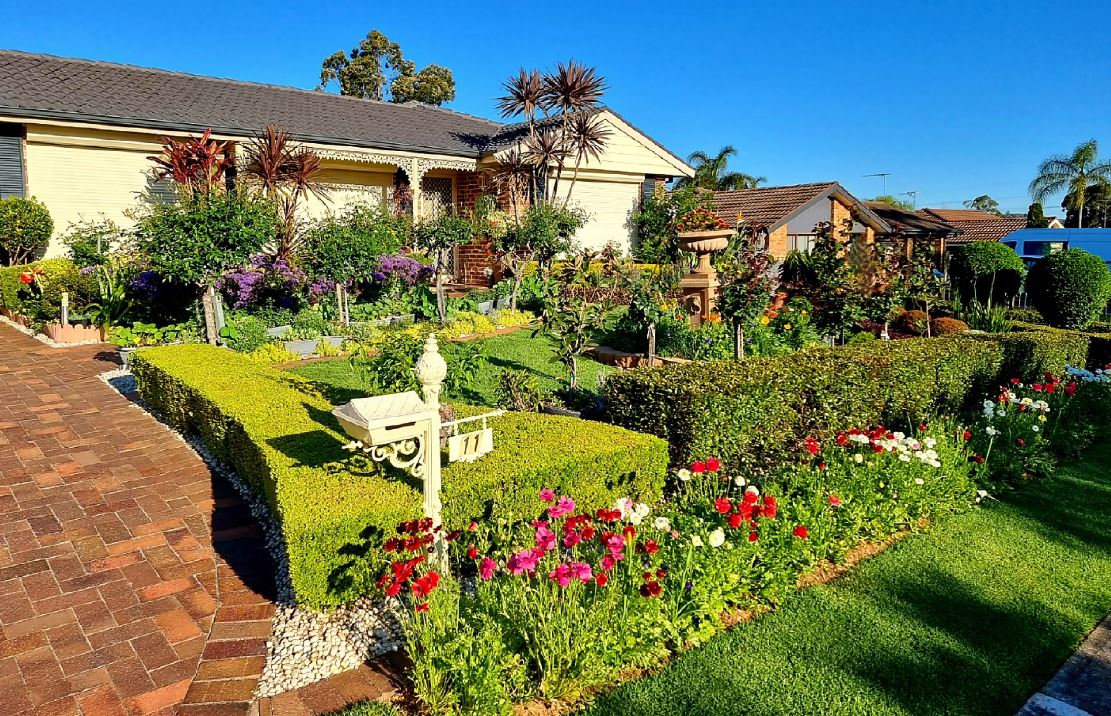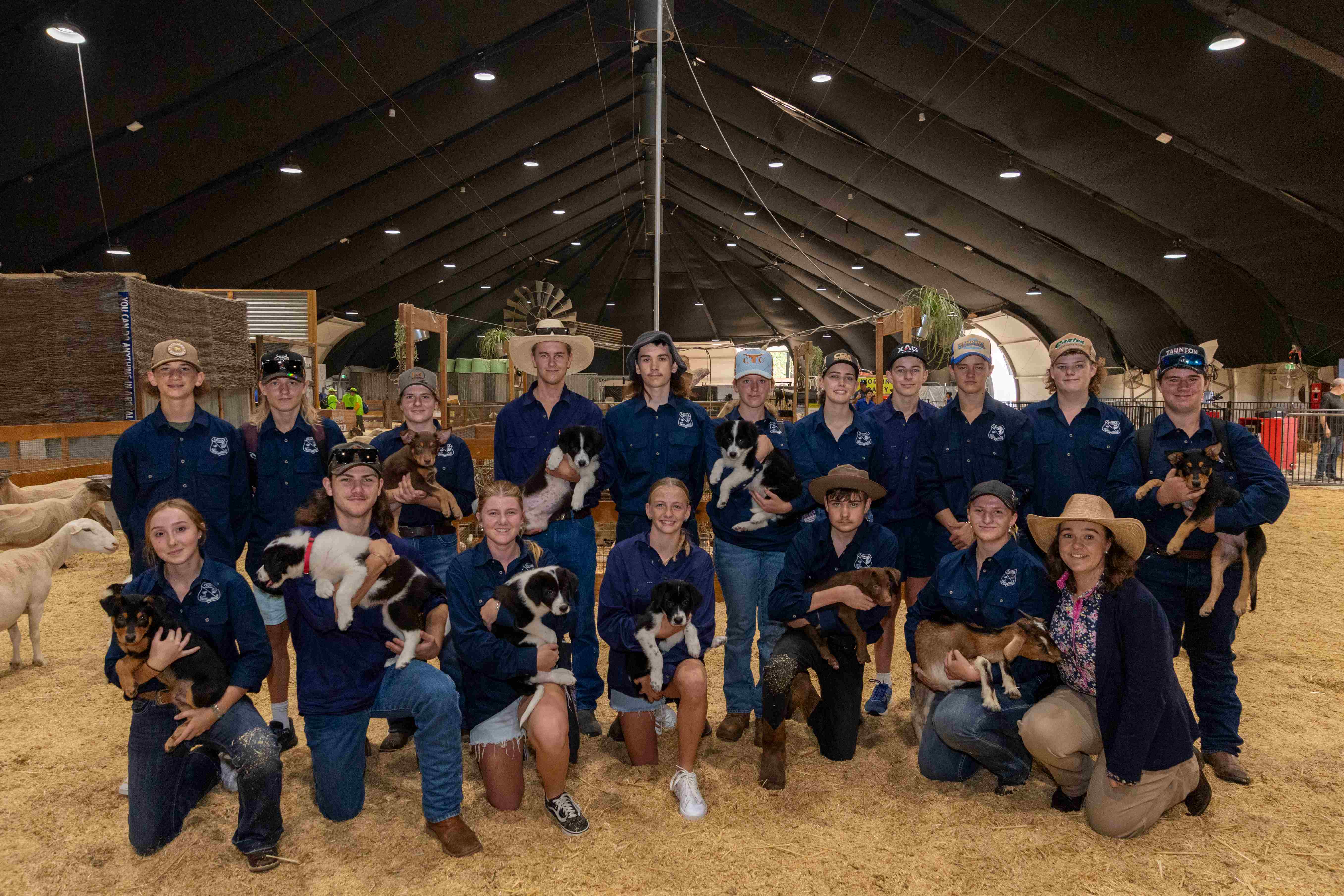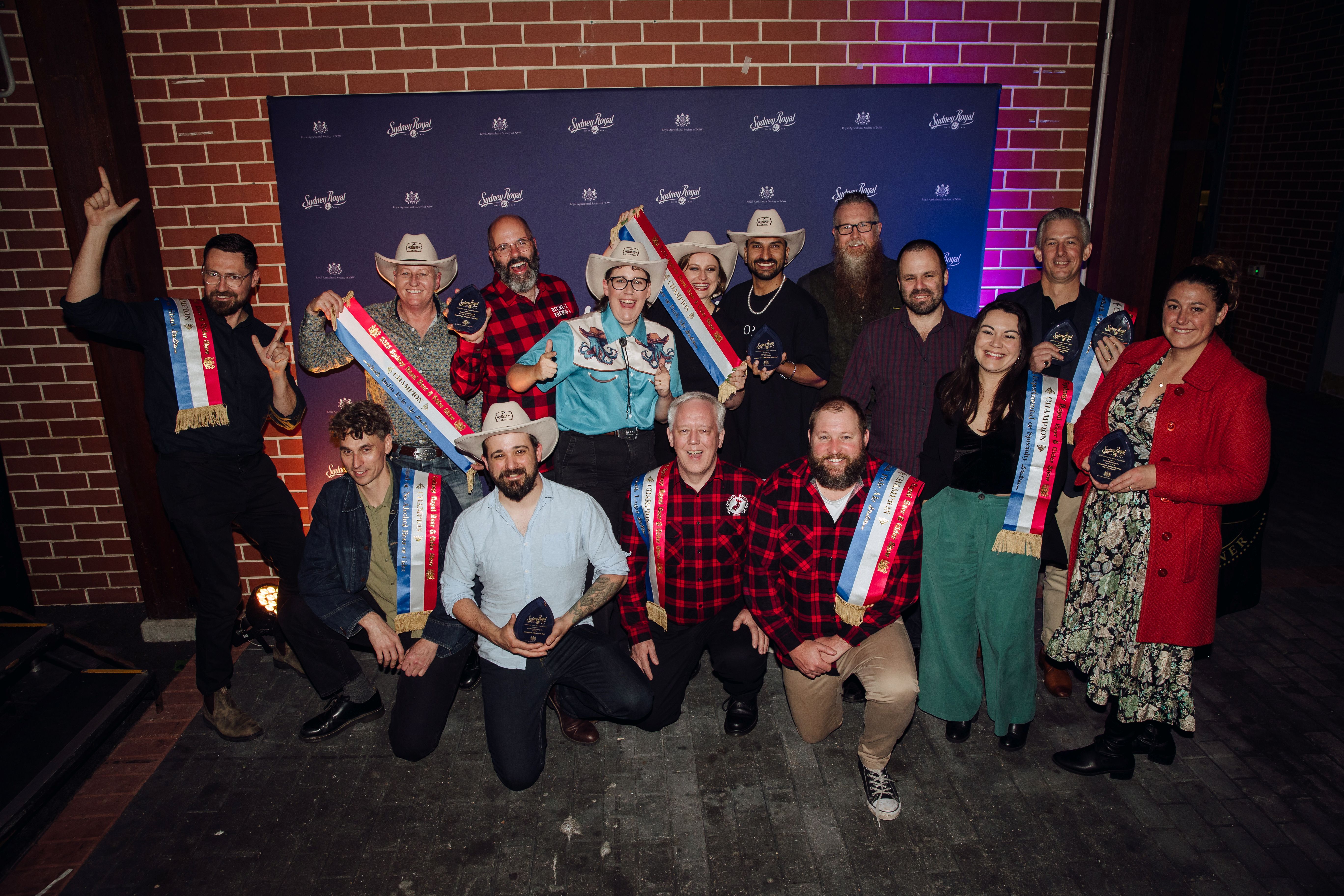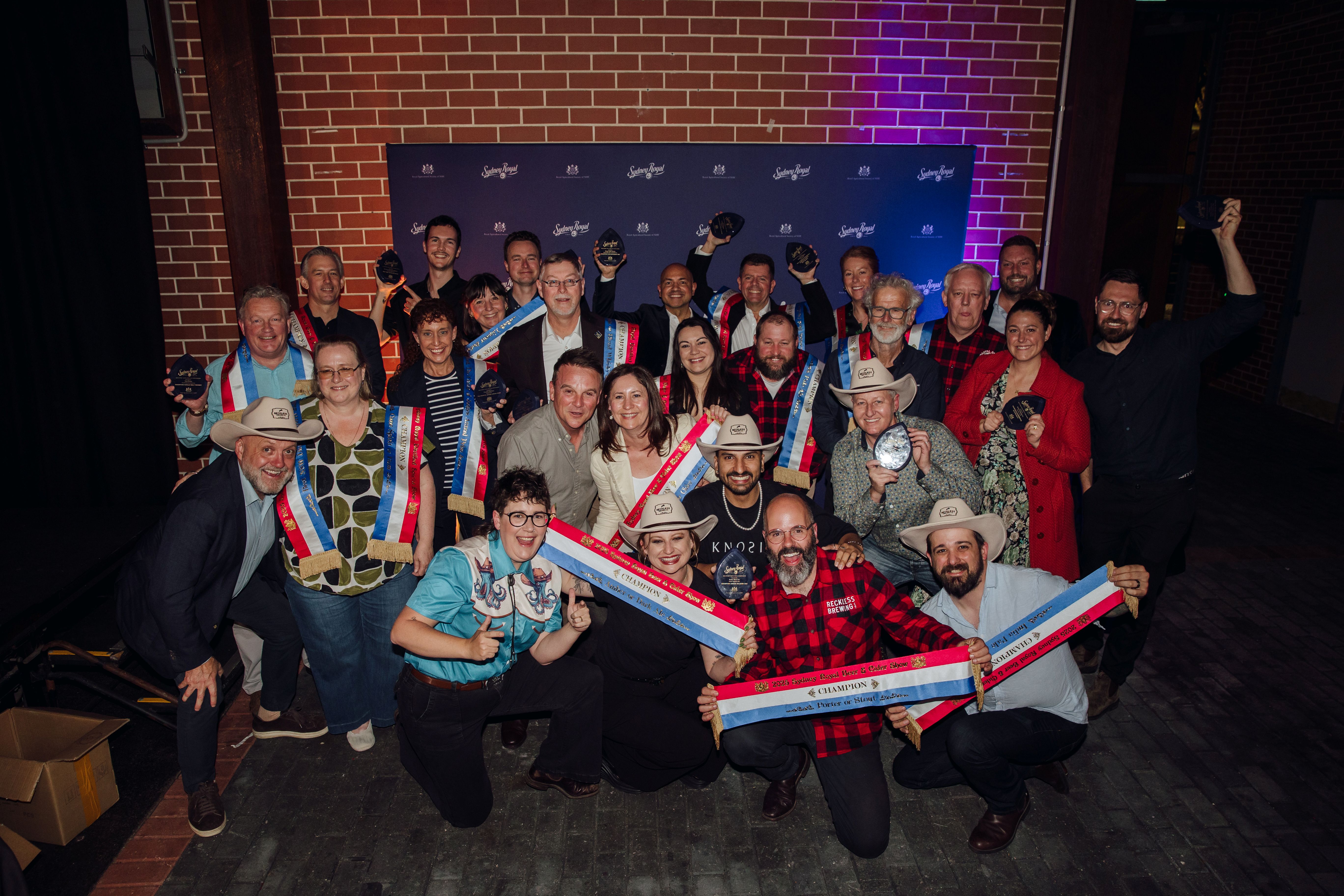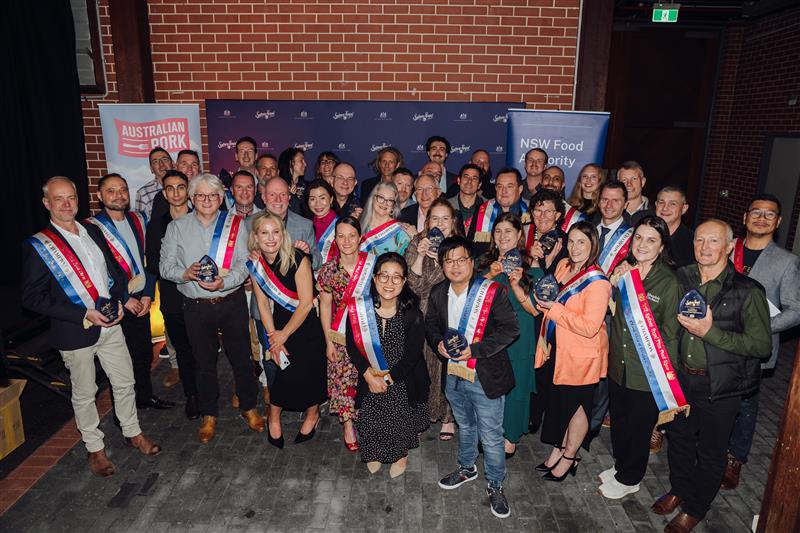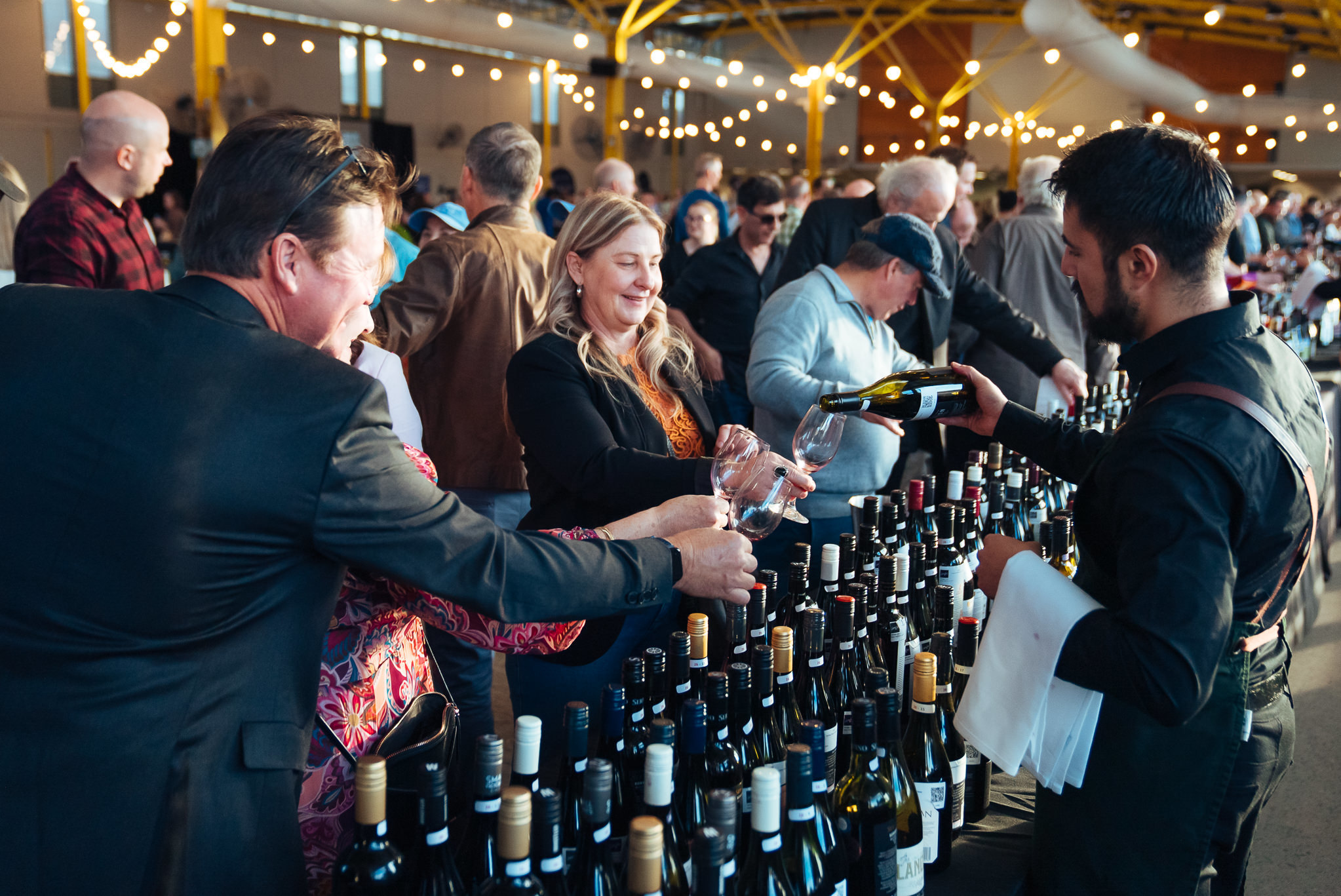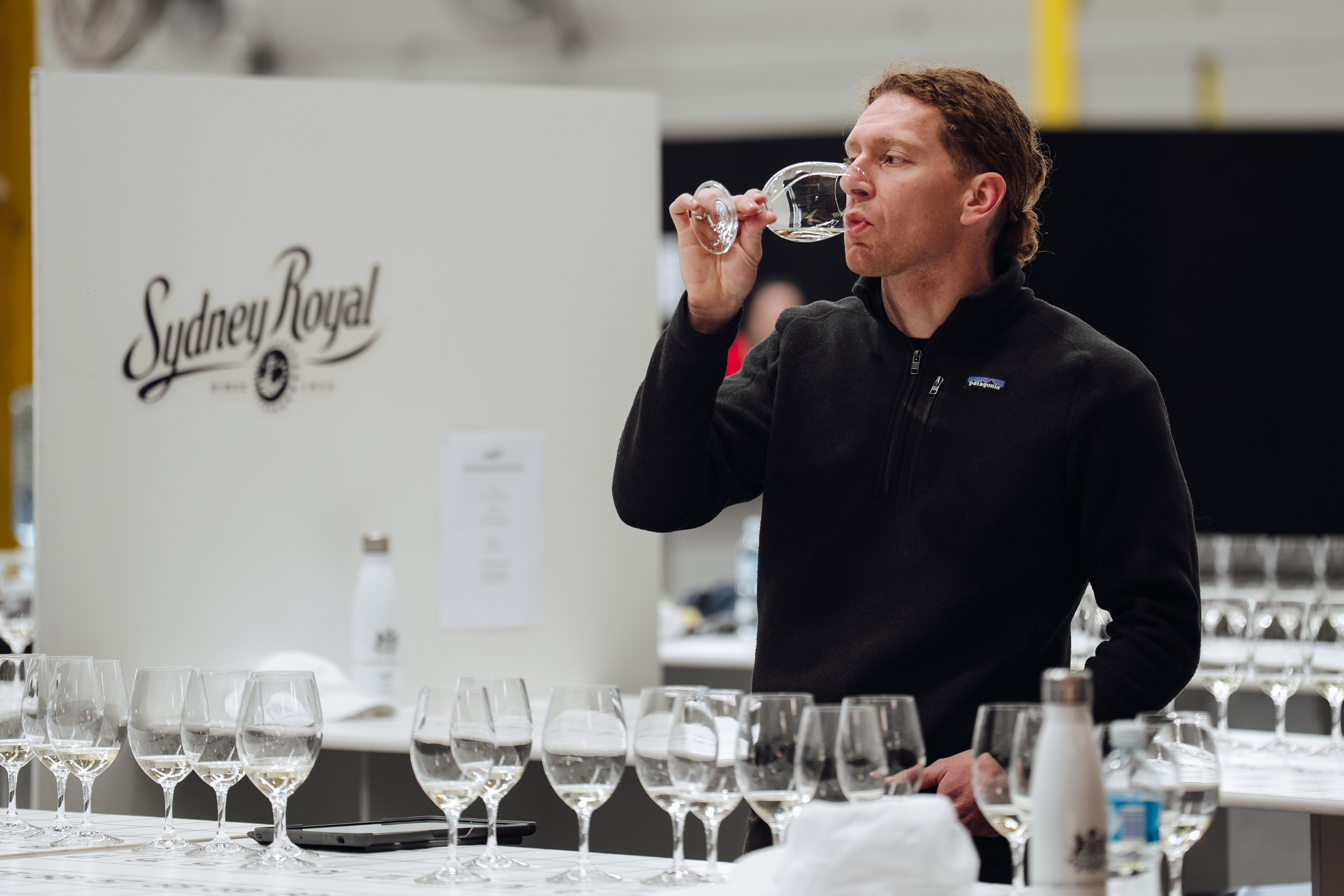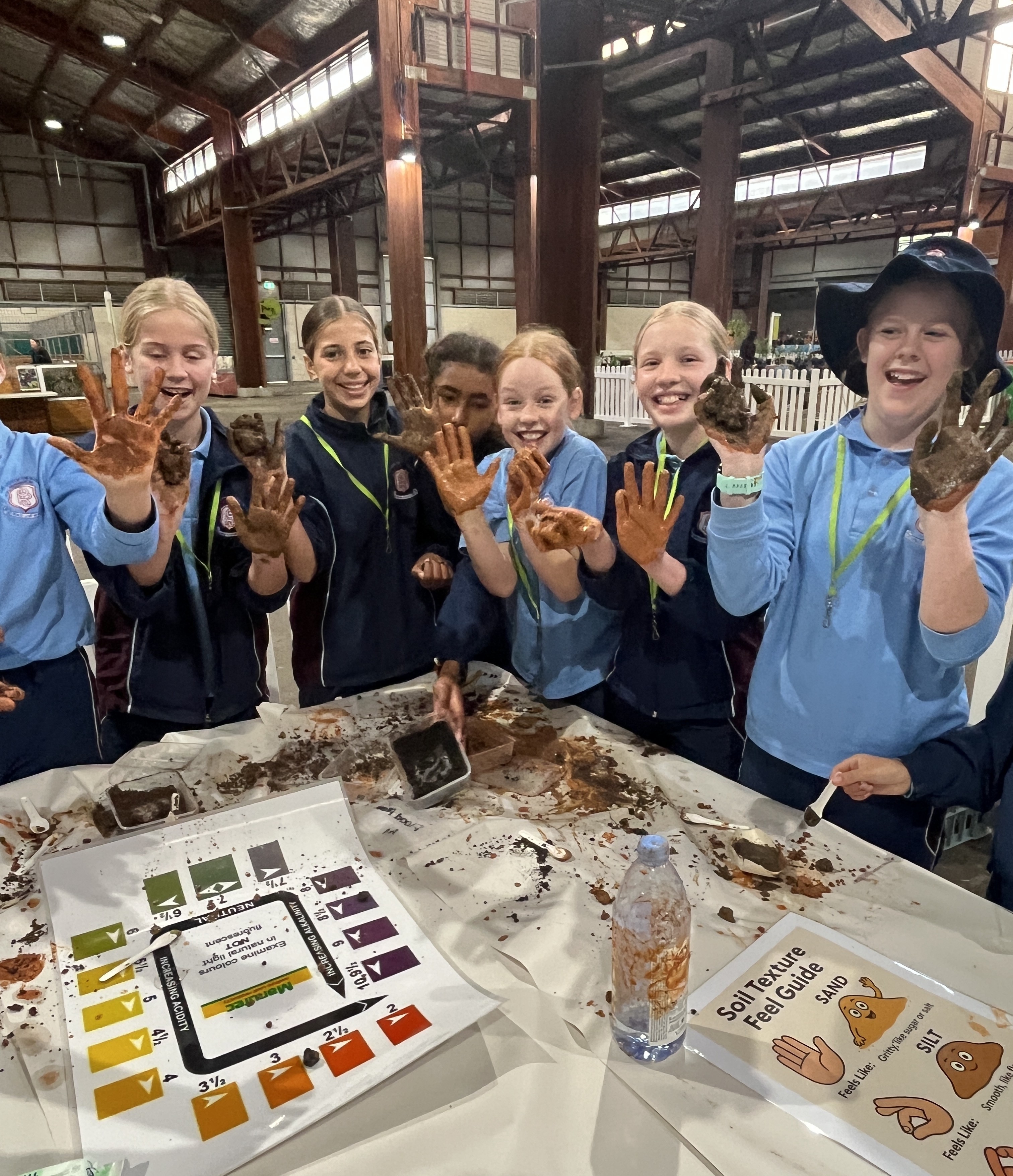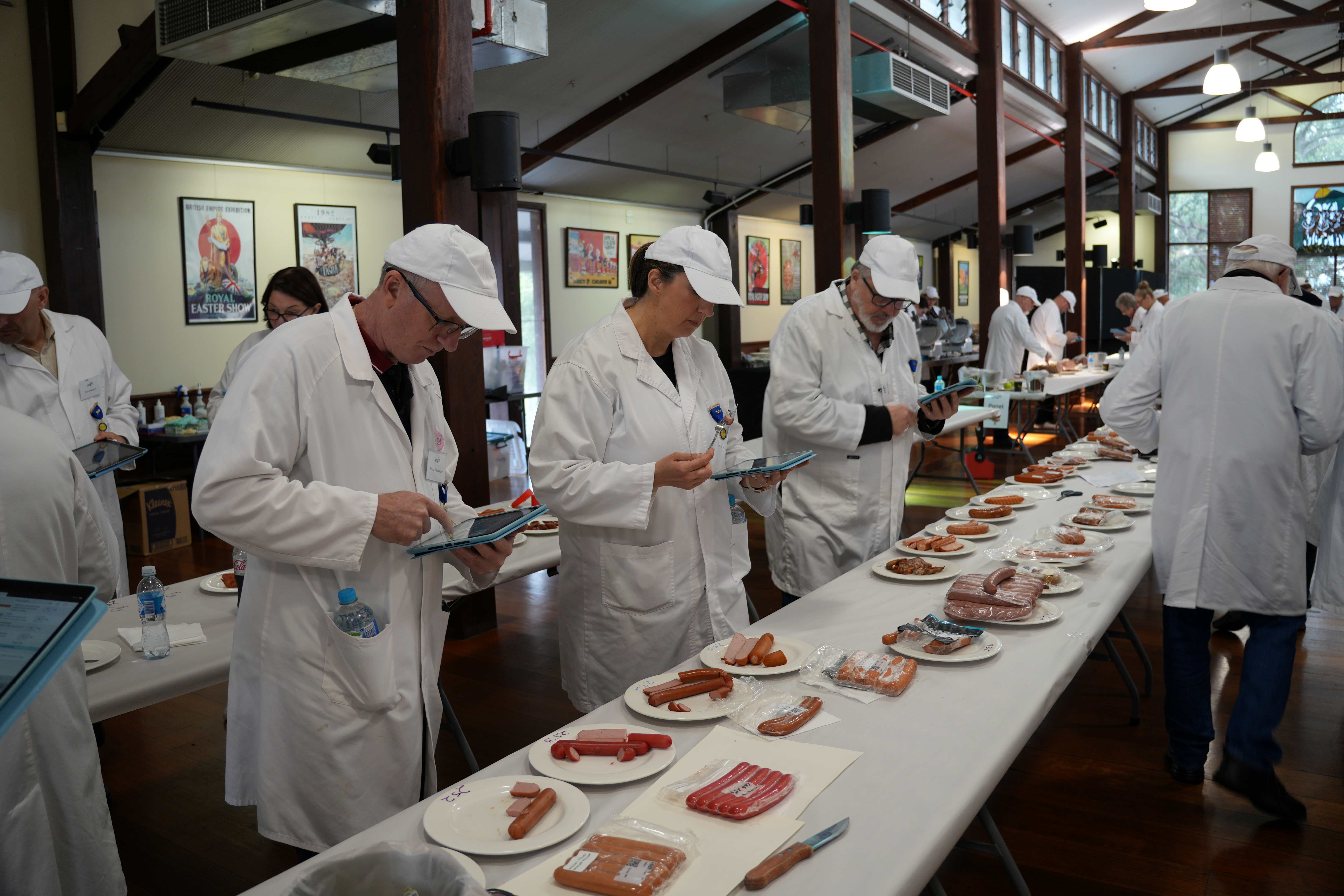From bean to bar
Chocolate. A decadent sweet that can be devoured multiple ways. A sweet to be consumed whichever way you like; from the ever loved chocolate bar, that perfect chew you get from a piece of fudge or the mesmerising way you can pour it as a topping to finish off a dessert. While many of us may be experts of eating this glorious food, many of us don’t know the work behind creating it.
When making chocolate, there are seven clear stages of taking the cocoa bean to a ready-made product.
Harvest and Fermentation
Chocolate production begins with the harvesting of the of coca. Cocoa comes from tropical evergreen Cocoa trees, such as Theobroma Cocoa. The harvesting of the cacao pod is done by hand to identify the mature pods. These pods are then carefully broken to release the cacao beans. There are then heaped in a pile on mats or banana leaves and covered, or put into a bin or box with a lid.
The fermentation process occurs when the pulp surrounding the cacao bean is converted into alcohol by the yeasts present in the air and the heat generated by the pile or box. The cacao beans are mixed gently during this process to introduce oxygen into the pile or box, which turns the alcohol into lactic and acetic acid. Slits or holes in the box allow the resulting liquid with its alcohol content to slowly leak out of the pile of beans during the fermentation process, leaving just the beans. This process can take up to eight days. The fermentation process is crucial as it betters the flavour and reduces the roasting time.
Drying and Storage
Once fermentation is complete, the now called cocoa beans will have a higher moisture content. For these beans to be shipped around the world, they must be dried.
Once the moisture percentage in the cocoa beans has reached 6 to 7 per cent, they are sorted and bagged. The bagged cocoa beans are then loaded on ships to be delivered to chocolate manufacturers.
Manufacturing
Once the beans have made their way to the machinery of a chocolate factory, they are ready to be refined into the smooth chocolate that we all love. The first grind of the beans is usually done in a milling or grinding machine such as a melangeur. The nibs are ground or crushed to liquefy the cocoa butter and produce what is now called chocolate liquor or chocolate liquid. Secondly, most chocolate manufacturers use a roll refiner or ball mill, which has two functions: to further reduce the particle size of the cocoa mass and to distribute the cocoa butter evenly throughout the mass, coating all the particles. This process creates heat that melts and distributes the cocoa butter. Different percentages of cocoa butter are removed or added to the chocolate liquor. Cocoa butter carries the flavour of the chocolate and produces a cooling effect on your tongue that you might notice when eating dark chocolate.
Conching
You know that melt in your mouth quality you get when you have a nice piece of chocolate? You can thank the process of conching for that! This process develops the flavour and releases some of the bitterness giving chocolate its smooth texture. A conch machine has rollers that continuously knead the chocolate over a period of hours and days depending on the desired flavour and texture of the chocolate.
Tempering
This is the fun step. This is where you see all your hard work form a final product to be enjoyed all over the world. The tempering and moulding of chocolate allows the cocoa liquor cool and harden into different shapes. Finally, the chocolate is wrapped and sent off. Voilà – you now have chocolate.
Fancy yourself a bit of a chocolatier? Entries for the 2018 Callebaut Sydney Royal Chocolate Show are now open! Find out more here.
